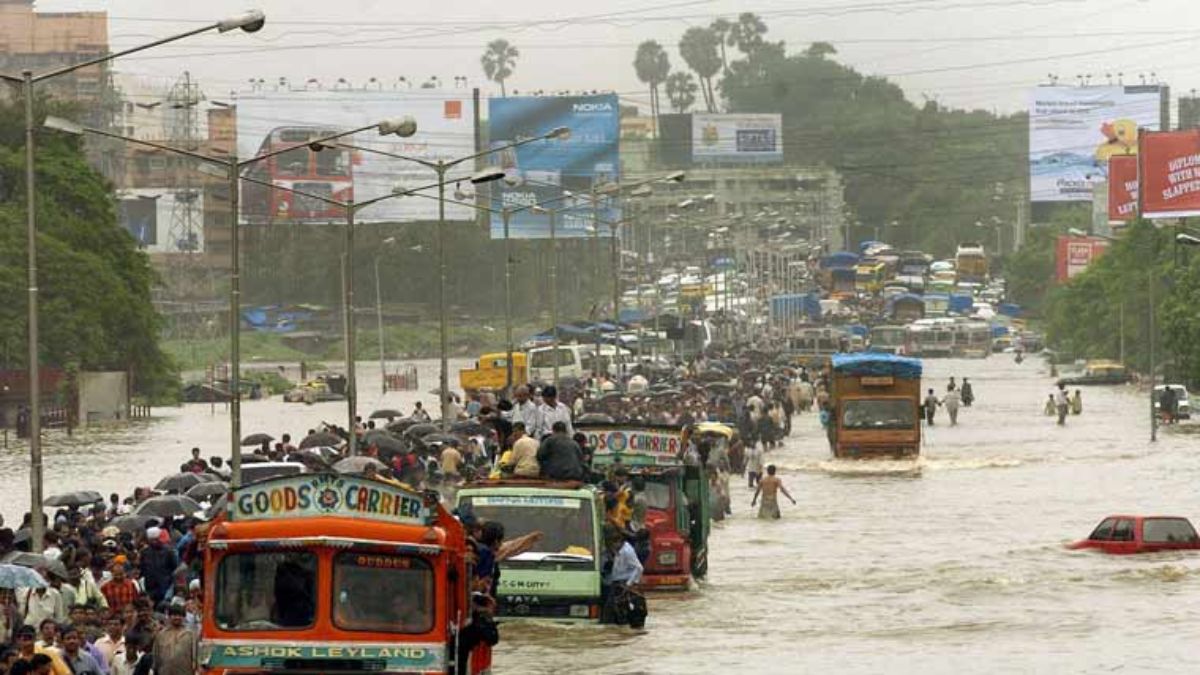It’s been years now, but for anyone who lived through it, July 26, 2005, in Mumbai will never be just another date on the calendar. That day, the city faced one of its worst natural disasters ever recorded—what many still call the “26/7 Mumbai Floods.” It was a day when time seemed to stand still, trains stopped, roads vanished underwater, and an entire city found itself fighting the force of nature.
What exactly happened on July 26, 2005?
On July 26, 2005, Mumbai experienced an extraordinary 944 mm (37.17 inches) of rainfall in just 24 hours, with 644 mm pouring down between 8 AM and 8 PM. This was the eighth-heaviest 24-hour rainfall ever recorded globally and nearly half of Mumbai’s average annual rainfall, which is around 2,000 mm. The Indian Meteorological Department (IMD) recorded this as the wettest day in Mumbai’s history, surpassing the previous record of 575 mm set in 1974.
The torrential downpour overwhelmed the city’s infrastructure, flooding roads, homes, and businesses. Low-lying areas like Dharavi and the Bandra-Kurla Complex were submerged, with water levels reaching chest height in some places. The sheer volume of rain exposed the inadequacies of Mumbai’s aging drainage system, designed to handle only 25 mm of rain per hour, far below the 993 mm that fell that day.
Widespread devastation and loss
The floods caused immense destruction across Mumbai and other parts of Maharashtra. Official estimates suggest over 1,000 lives were lost due to drowning, electrocution, and landslides, though some reports claim the death toll reached as high as 5,000. More than 14,000 homes were destroyed, leaving thousands homeless and without access to clean water or food.
Transportation, the lifeline of Mumbai, ground to a halt. Local trains, a critical mode of transport, stopped by 2:30 PM due to waterlogged tracks. Over 37,000 auto-rickshaws, 4,000 taxis, 900 BEST buses, and 10,000 trucks were damaged or immobilized. The Mumbai-Pune Expressway was closed for the first time in its history due to landslides. Airports, including Chhatrapati Shivaji Maharaj International Airport, shut down for over 30 hours, cancelling or delaying over 700 flights.
The economic impact was staggering, with losses estimated at around Rs 5.5 billion (approximately $100 million). Banking services were disrupted, with major banks like State Bank of India, ICICI, and HSBC losing connectivity.


